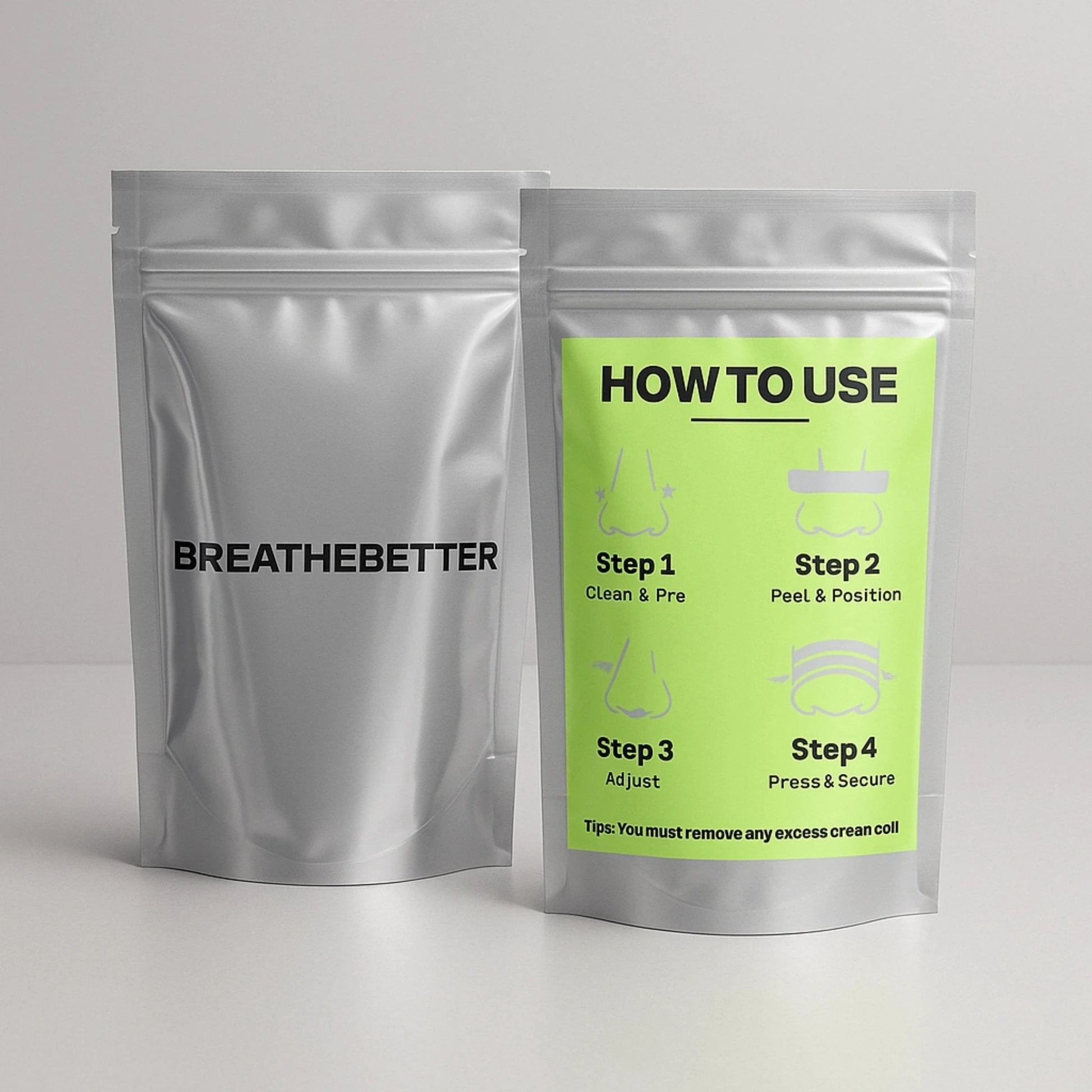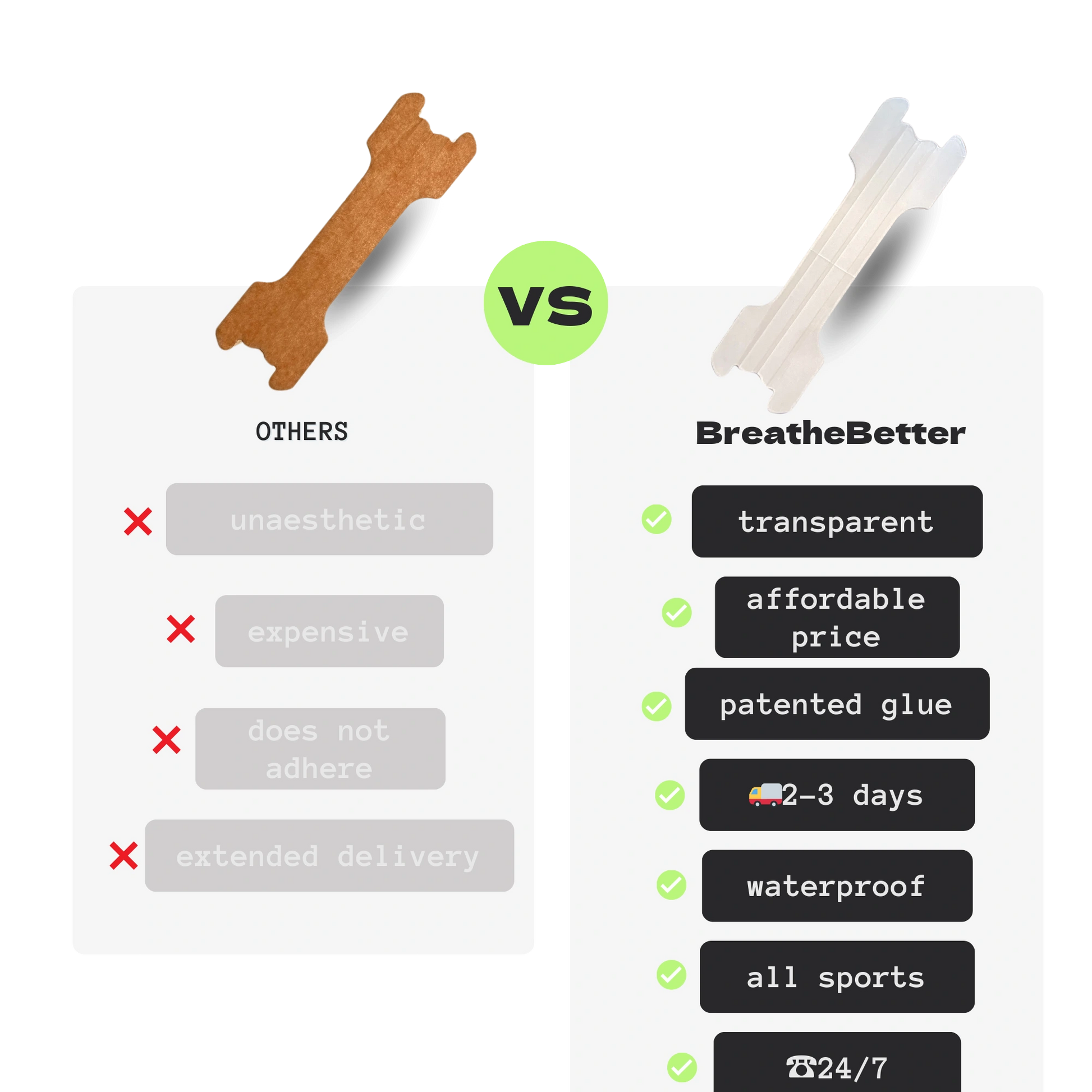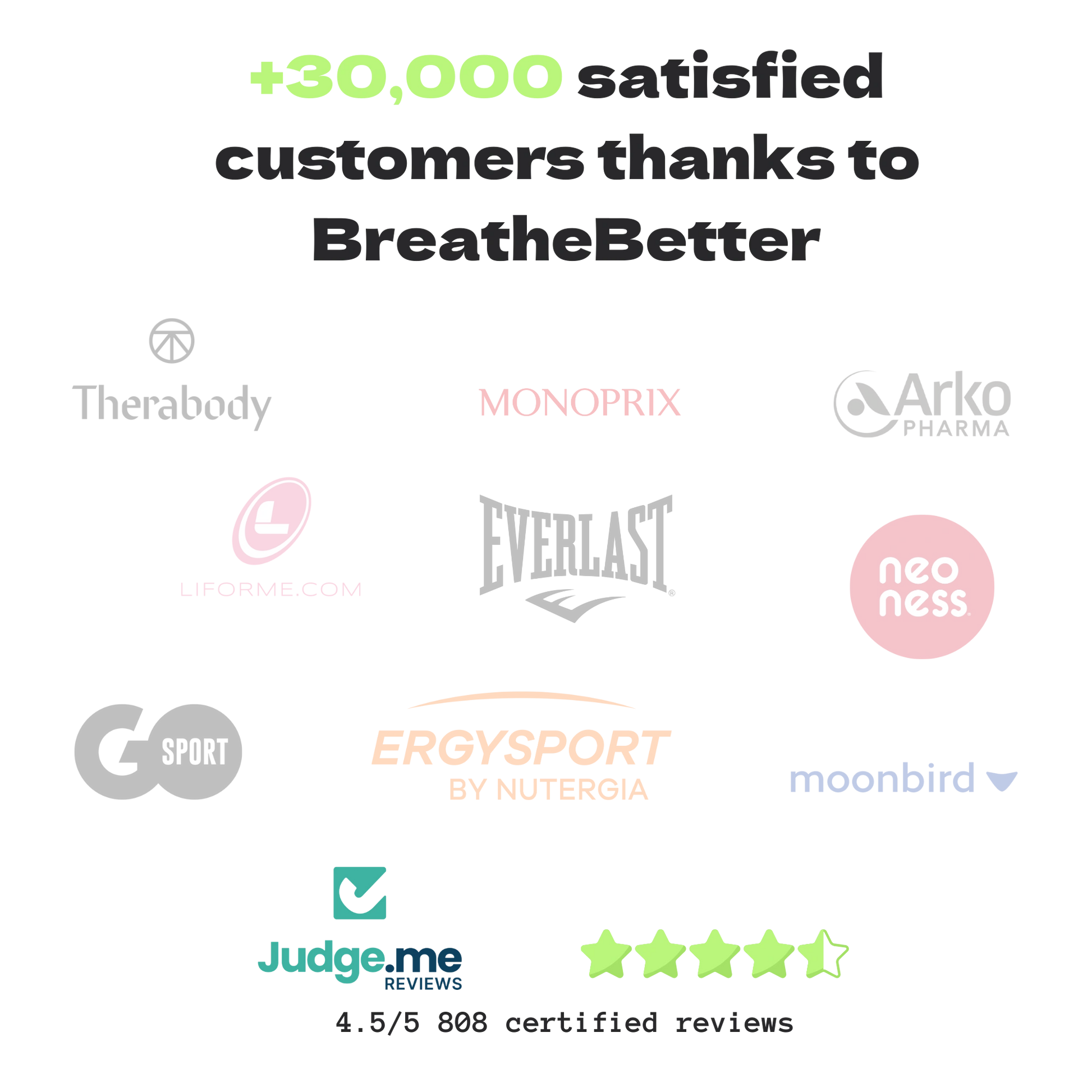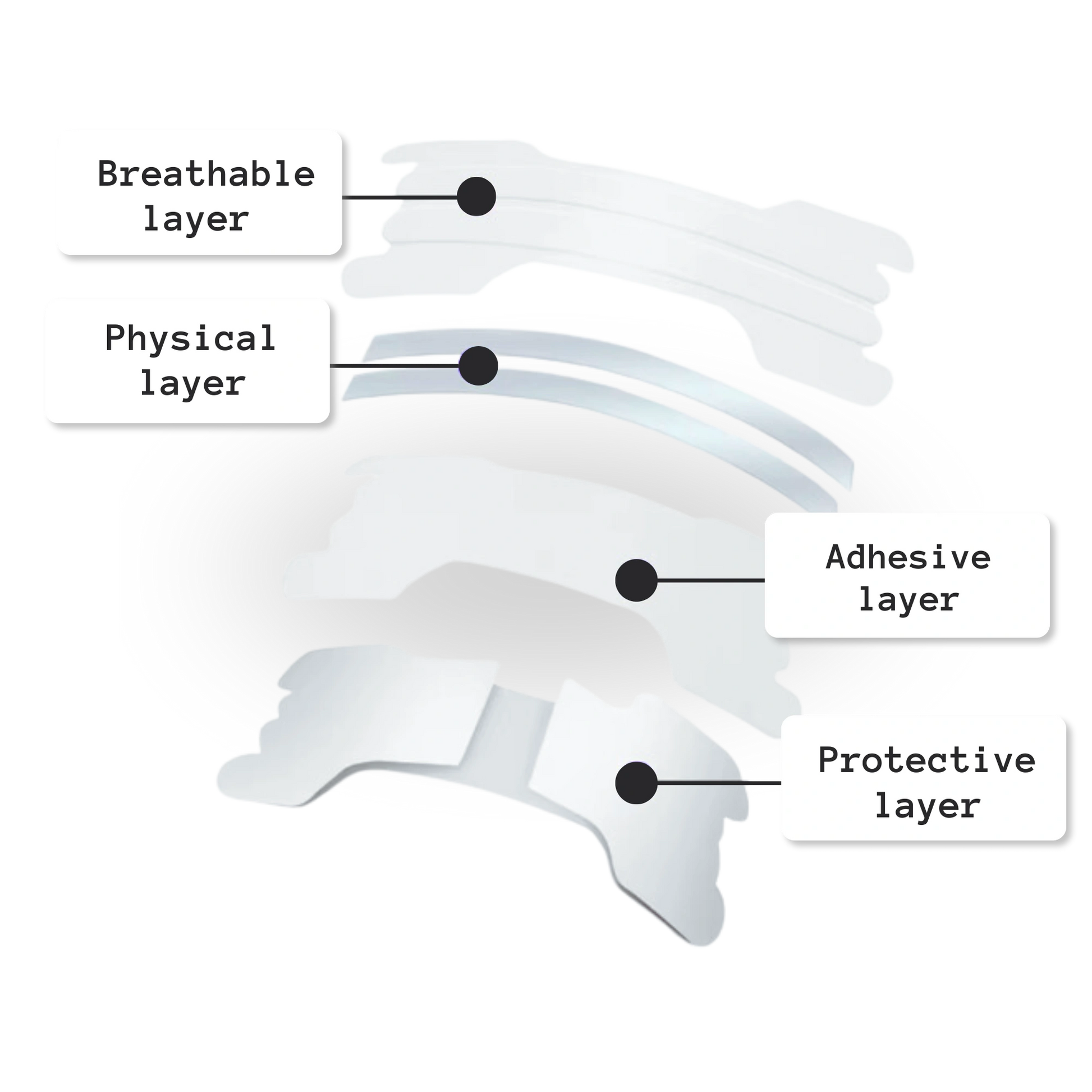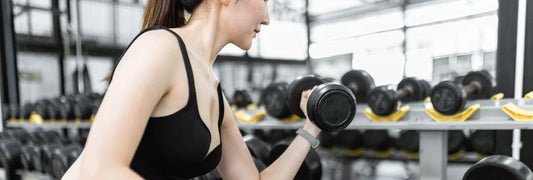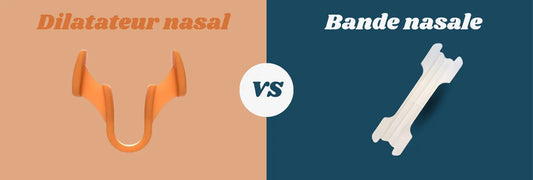HIIT is incredibly effective at burning calories, building endurance, and improving fitness quickly. But let's be honest: it's also one of the most exhausting workouts out there.
If you feel like you're plateauing or finishing each session completely out of breath, chances are your breathing isn't optimized. And that's normal: in HIIT, managing effort depends as much on the intensity of the movements as on the quality of your recovery... and therefore on your breathing.
In this article, we'll explain how to breathe better to improve your HIIT performance. You'll discover why nasal breathing can be beneficial, how it improves recovery, and how BreatheBetter nasal strips can help you take your workout to the next level.
Why breathing is essential in HIIT
HIIT, or high-intensity interval training, alternates between intense exercise and short recovery periods. The result: your heart races, your breathing quickens, and you quickly experience oxygen deprivation.
Breathing then becomes the keystone of performance. Poorly controlled breathing can cause premature breathlessness, rapid fatigue, and ineffective recovery. When controlled, breathing can better oxygenate your muscles, reduce your heart rate between sprints, and allow you to continue your efforts for longer periods without exhaustion.
In other words, you can improve without training more, simply by breathing better .
Nasal breathing vs. mouth breathing during exercise
Most athletes naturally breathe through their mouths when accelerating. It's instinctive because it feels like more air is being taken in. However, this isn't necessarily the best strategy for HIIT.
Breathing through the nose allows you to:
- slow down the respiratory rate
- filter, humidify and warm the inspired air
- activate diaphragmatic (deeper) breathing
- promote better stress and heart rate management
Conversely, breathing through your mouth often causes hyperventilation. You inhale and exhale too quickly, without oxygen effectively reaching your muscle tissue. The result: rapid fatigue, side stitches, and slowed recovery.
Although breathing exclusively through your nose is difficult while sprinting, you can partially incorporate it :
- during active recovery phases
- during warm-up and cool-down
- during moderate intensity sets
And the more you practice breathing through your nose, the more your body adapts.
Is it possible to breathe through your nose during HIIT?
Yes, but it takes practice. The key is to gradually build your CO₂ tolerance. By training yourself to breathe more slowly and deeply, your body learns to handle the effort with less available oxygen, increasing your endurance threshold.
Start with these simple exercises:
- warm-up with nasal breathing only for 5 to 10 minutes
- one session per week at moderate intensity (cardio type) breathing exclusively through the nose
- try to return to nasal breathing during HIIT recoveries
The more you practice, the longer you will be able to prolong nasal breathing even during intense blocks. This exercise also improves heart rate variability , an excellent indicator of fitness and recovery.
What are the benefits for recovery and progression?
Improving your breathing isn't just about comfort. It's a powerful lever for progress , especially in HIIT where every second counts.
By optimizing your breathing:
- you recover faster between blocks
- you limit heart rate peaks
- you reduce the accumulation of carbon dioxide (CO₂)
- you chain more series without collapsing
- you improve your ability to stay lucid and focused
It's also a great way to avoid overtraining and chronic fatigue, which are common among poorly prepared HIIT practitioners.
BreatheBetter nasal strips: an ally for better breathing
When you breathe through your nose, your airways still need to be open. And that's where BreatheBetter nasal strips come in.
Discreet, transparent, and easy to apply, they naturally widen the nostrils and increase the flow of air you breathe. The result: you breathe better, more deeply, and you avoid hyperventilation.
They are particularly effective:
- during warm-ups to properly prepare your ventilation
- during active recovery phases to control breathing
- if you often have a partially blocked nose (cold, allergies, dry air, etc.)
Many athletes also use them in competition or during interval training sessions to maximize their breathing capacity without additional effort.
Concrete tips for progressing in HIIT with better breathing
Here are some simple habits to incorporate into your routine to progress faster thanks to your breathing:
- Breathe through your nose during the warm-up to activate the diaphragm
- Between each sprint, use slow breathing (4 seconds of inhalation, 6 seconds of exhalation)
- After the session, practice cardiac coherence for 5 minutes
- Hydrate properly: a good level of hydration improves lung efficiency
- Use BreatheBetter nasal strips if you tend to force your breath in.
Little bonus: sleep with a nasal strip once or twice a week to improve your nasal breathing reflex naturally, even at rest.
Summary table: breathing and progression in HIIT
| Appearance | Mouth breathing | Nasal breathing |
|---|---|---|
| Heart rate | Jerky, unstable | More stable, faster recovery |
| Oxygen efficiency | Weak, often wasted | High, better directed towards the muscles |
| Recovery between efforts | Slower, more stressful | Faster, deeper |
| Mental fatigue | High | Reduced through better control |
| Endurance | Limited to short term | Increases with habit |
In HIIT, everything happens very quickly: heart rate, movement, breathing. However, what makes the difference between forced effort and lasting progress is your ability to control your breathing .
By gradually integrating nasal breathing, you recover better, improve your performance, and protect your body from premature breathlessness. And with BreatheBetter nasal strips , you naturally facilitate this transition.
So breathe… and move forward.
Want to try nasal breathing during your HIIT workouts? Try BreatheBetter nasal strips and feel the difference starting with your next session.
And to go further, also discover our article “ Injury prevention: the best strategies ” , a perfect complement to boost your performance.


